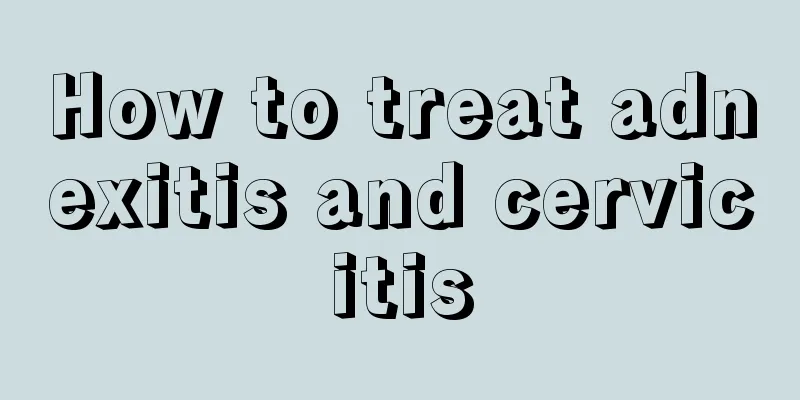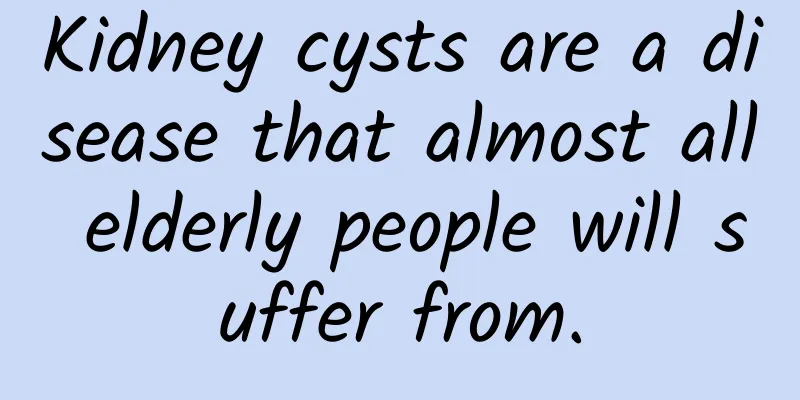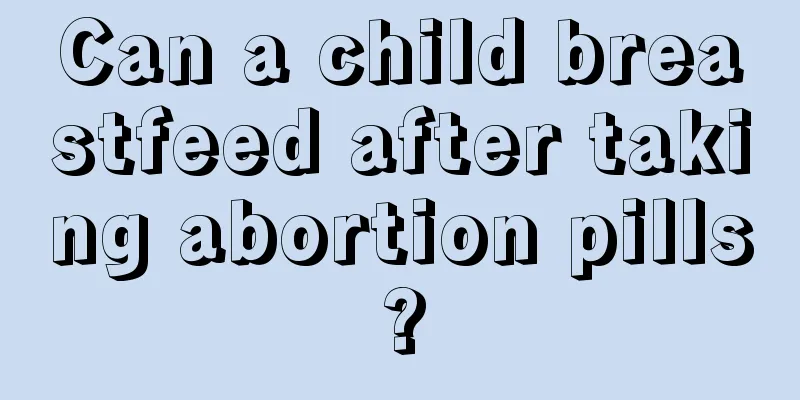How to treat adnexitis and cervicitis

|
Many diseases occur at different age stages and in different periods. For example, children have weaker constitutions and are more likely to catch a cold in the alternating cold and warm seasons. However, for female friends, they are more likely to suffer from adnexitis and cervicitis when they reach middle age. So how to treat these two diseases? 1. Antibiotic treatment For patients with obvious symptoms, antibiotics should be used as the first choice for treatment. Antibiotics can kill any remaining pathogenic bacteria and prevent acute attacks. Commonly used drugs are still penicillin, gentamicin, metronidazole, etc., and the usage is the same as that for acute salpingo-oophoritis and pelvic peritonitis. 2. Tissue therapy Such as placental tissue fluid and placental globulin, intramuscular injection, once a day or every other day, 15 times as a course of treatment. 3. Physical therapy The benign stimulation of warmth can promote pelvic blood circulation, improve the nutritional status of local tissues, and facilitate the absorption and disappearance of inflammation. Commonly used physical therapies include short wave, ultrashort wave, infrared, audio, ion penetration, etc. However, do not use physical therapy if the body temperature exceeds 37.5℃ or if you have genital tuberculosis. 4. Other drug treatments Intrauterine injection can be used to treat fallopian tube obstruction caused by chronic salpingitis. Use 160,000 units of gentamicin, 5 mg of α-chymotrypsin, and 5 mg of dexamethasone, dilute them with 20 ml of normal saline, strictly disinfect the vulva, vagina, and cervix, and then inject into the uterine cavity. Start 3 days after the menstruation ends, and inject once every 2 days until before ovulation. The treatment can be continued for 3 cycles. 5. Surgery Larger hydrosalpinx or tubo-ovarian cysts caused by inflammation can be treated surgically. For those who are infertile due to fallopian tube obstruction, fallopian tube repair surgery can be performed. For chronic salpingo-oophoritis and pelvic peritonitis with repeated acute attacks, when drug treatment is not effective, the patient is in great pain, and the patient is older, surgical treatment may also be considered. For female friends, at this stage, they may experience symptoms of endocrine disorders, but people often don’t pay much attention to them. In fact, when the symptoms occur, they can be solved by drug treatment in the early stages. Now that science and technology are so advanced, the treatment of various diseases has become a possibility. It is not recommended to use surgical treatment unless it is absolutely necessary. |
<<: What are the causes of cervical intraepithelial neoplasia?
>>: What to do with adenomyosis dysmenorrhea
Recommend
What to do if you feel dizzy and dizzy during confinement
Women's bodies are already very fragile after...
Causes of abdominal pain five days after abortion
Nowadays, medicine is becoming more and more adva...
How to correctly deal with milk engorgement during weaning period?
After giving birth, female stars will start breas...
What should I do if I have severe breast hyperplasia? It is important to strengthen physical exercise
If breast hyperplasia has developed to a severe s...
What are the dangers of having sex during menstruation?
During the menstrual period, women will experienc...
"Fighting cancer with poison"! The virus modified by Chinese scientists can accurately and effectively kill cancer cells!
When talking about viruses, most people's fir...
Small acne pictures on the areola
Normal women's nipples should be relatively s...
What is the novel of The Thing in the Palm adapted from? Where can I read it for free?
The Thing in the Palm, starring Liu Kai, Peng Gua...
Only keep the wealth, not the bag
Only keep the wealth, not the bag ——The autobiogr...
Fear of cold during pregnancy
It is quite common for pregnant women to feel col...
Symptoms of poor corpus luteum function
The day before a woman's ovulation is called ...
What to do if a woman is frigid
In real society, due to high work pressure and pe...
Brown discharge at 9 weeks pregnant
Many women will download a pregnancy app after th...
How much is the price of Yanshu 25 per pound? How to store Yanshu 25 without spoiling it?
Yanshu 25 is a sweet potato variety with high nut...









